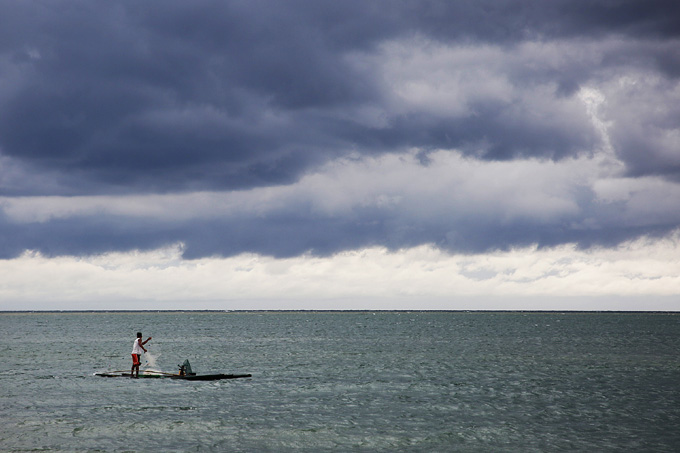The prevalence of a stationary front over the extreme portion of Northern Luzon yesterday is one of the manifestations of the approaching rainy season in the country.
Philippine Atmospheric, Geophysical, and Astronomical Services Administration weather specialist Ariel Rojas said a stationary front is the boundary of warm air coming from the Pacific Ocean and slightly cold air originating from mainland Asia.
The presence of a stationary front means that the onset of rainy season in the Philippines is near, he said.
Southwest monsoon period or “habagat,” associated with the rainy season, will likely commence between the last week of May and first half of June.
The stationary front is affecting some parts of Northern Luzon, bringing scattered rains and thunderstorms over Batanes, northern portion of Cagayan, Babuyan Islands, Apayao, Kalinga, Abra, Mountain Province, Ilocos Norte, and Ilocos Sur.
Rojas said the weather system is expected to disappear in the coming days, permitting the resurgence of the easterlies that will bring warm and humid weather over the country.
He pointed out that thunderstorms caused the rains over Metro Manila, Central Luzon, and Southern Luzon on Saturday.
The progression of rain started over the Sulu Sea, crossed Palawan, then made its exit over the West Philippine Sea, Rojas explained.
While the formation or entry of a tropical cyclone is not expected in the next three to five days, he said isolated rains in the afternoon or evening may persist across Metro Manila and the rest of the country.
He advised the public to remain alert for possible flash floods or landslides over low-lying or mountainous areas during severe thunderstorms. (Ellalyn V. Ruiz)


